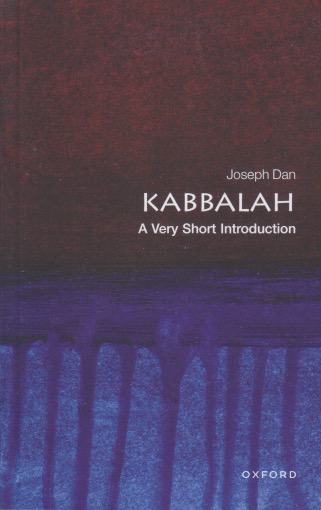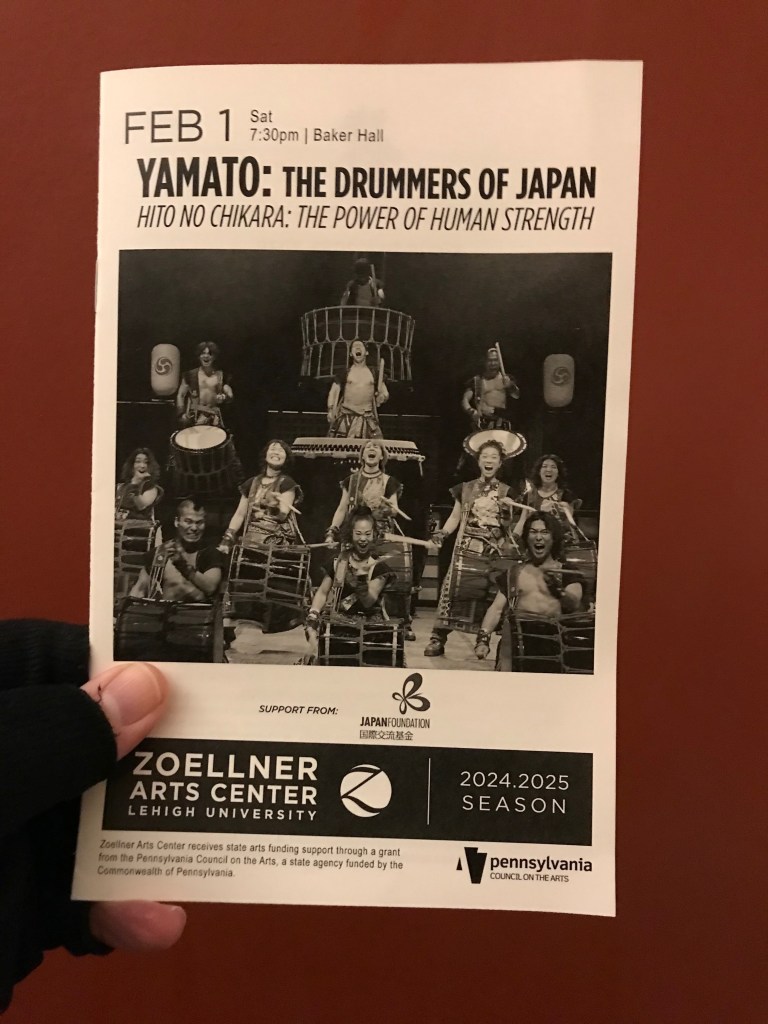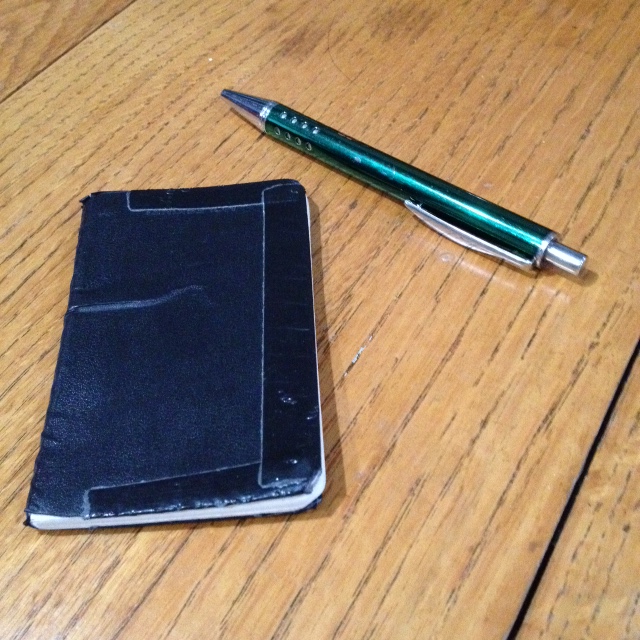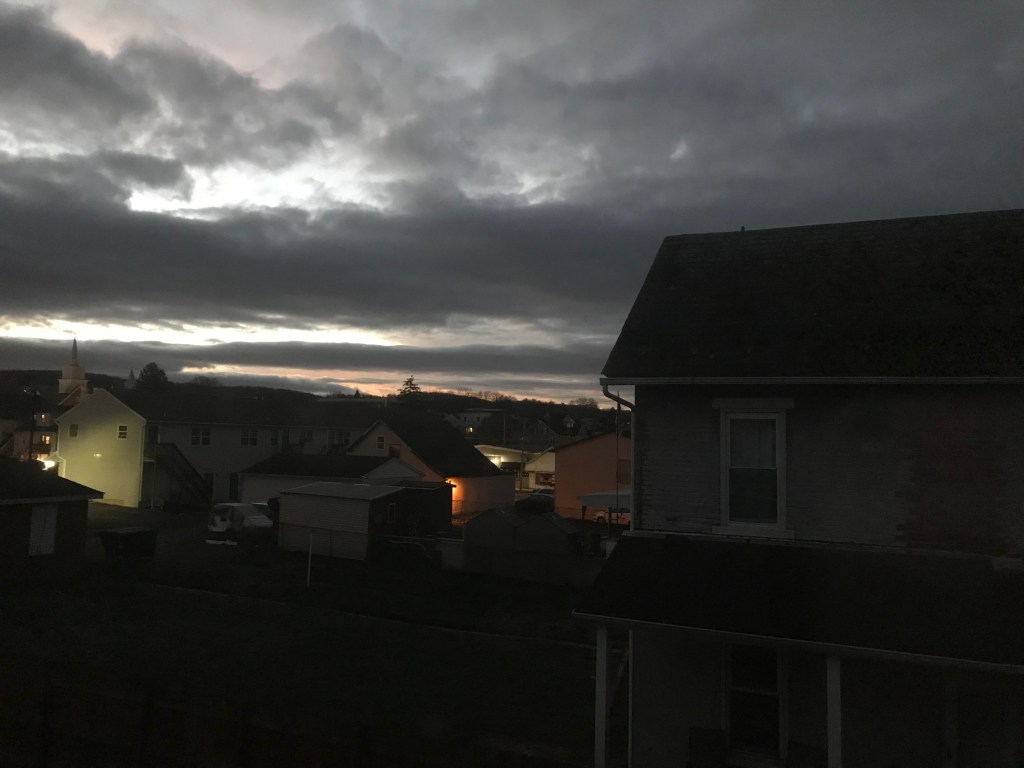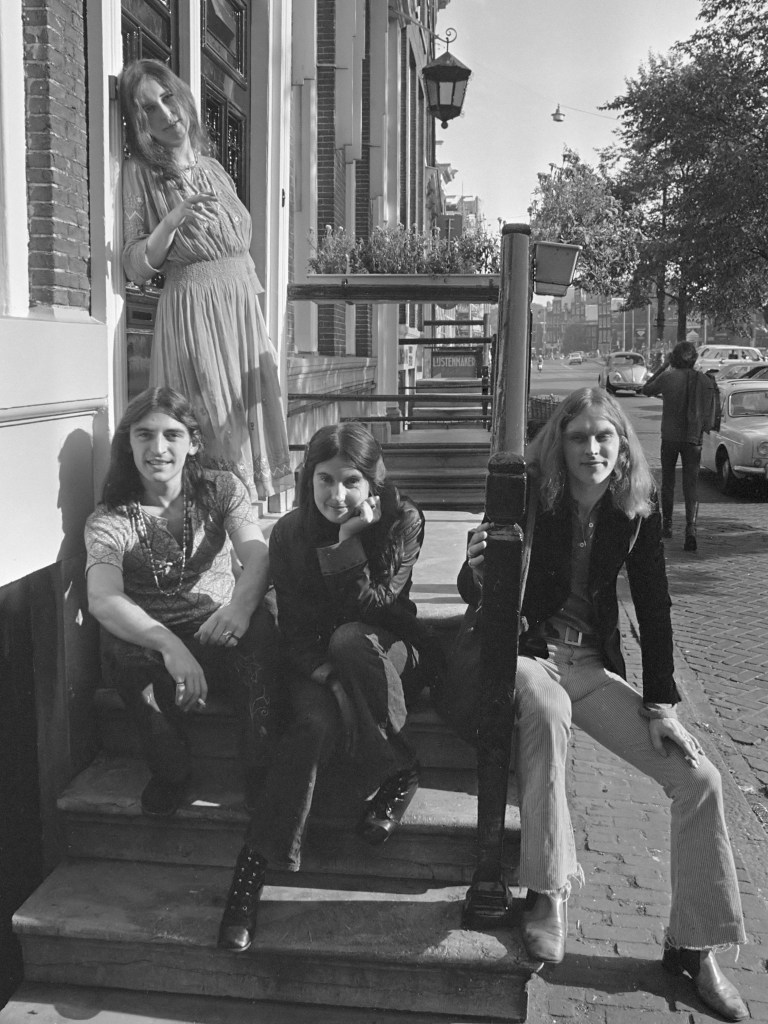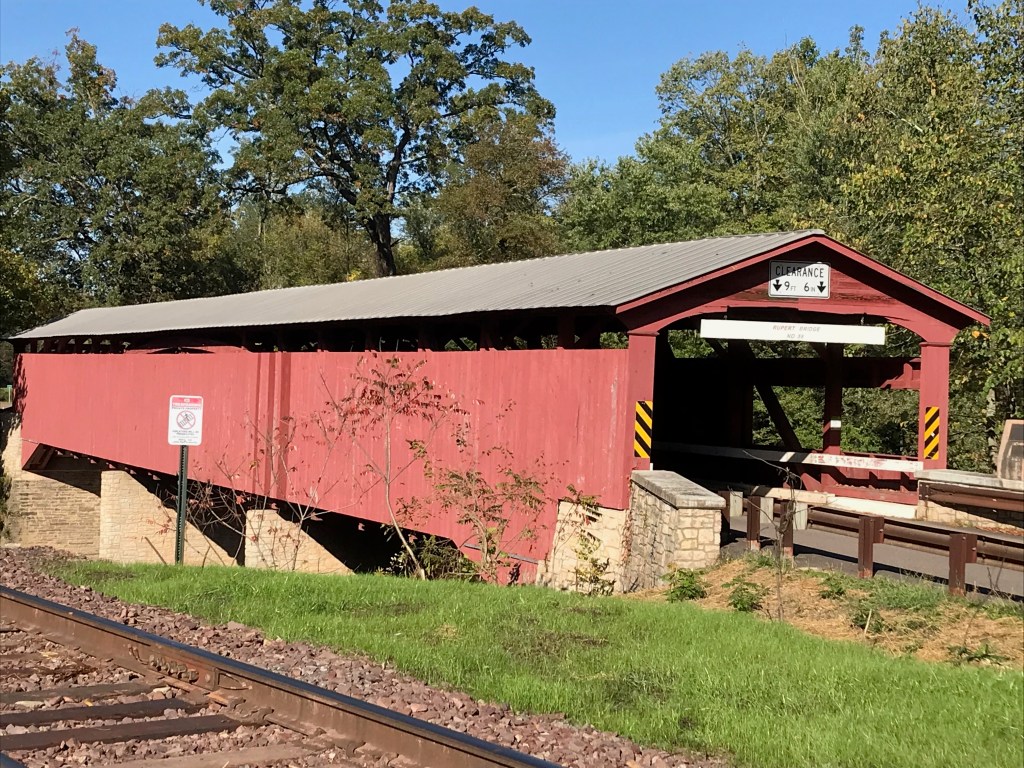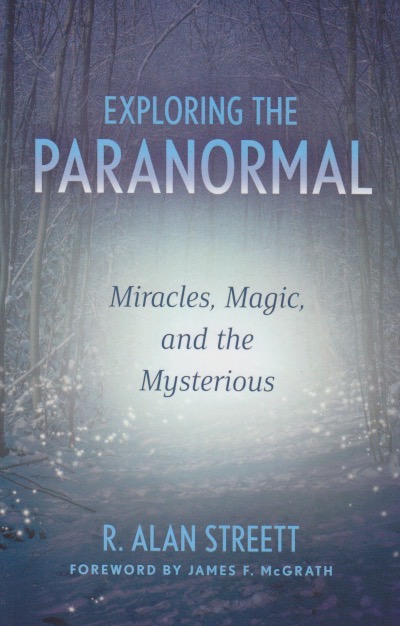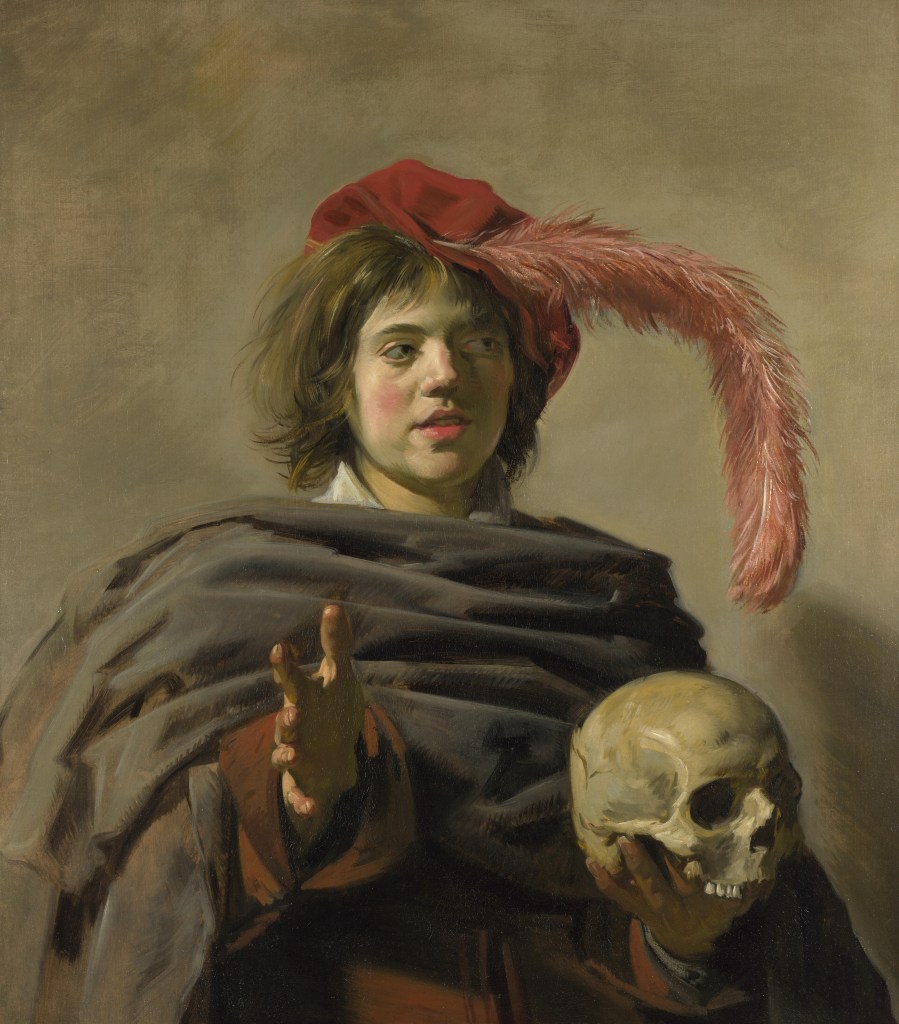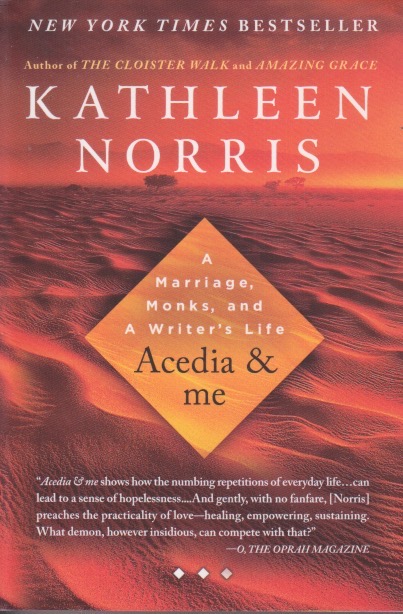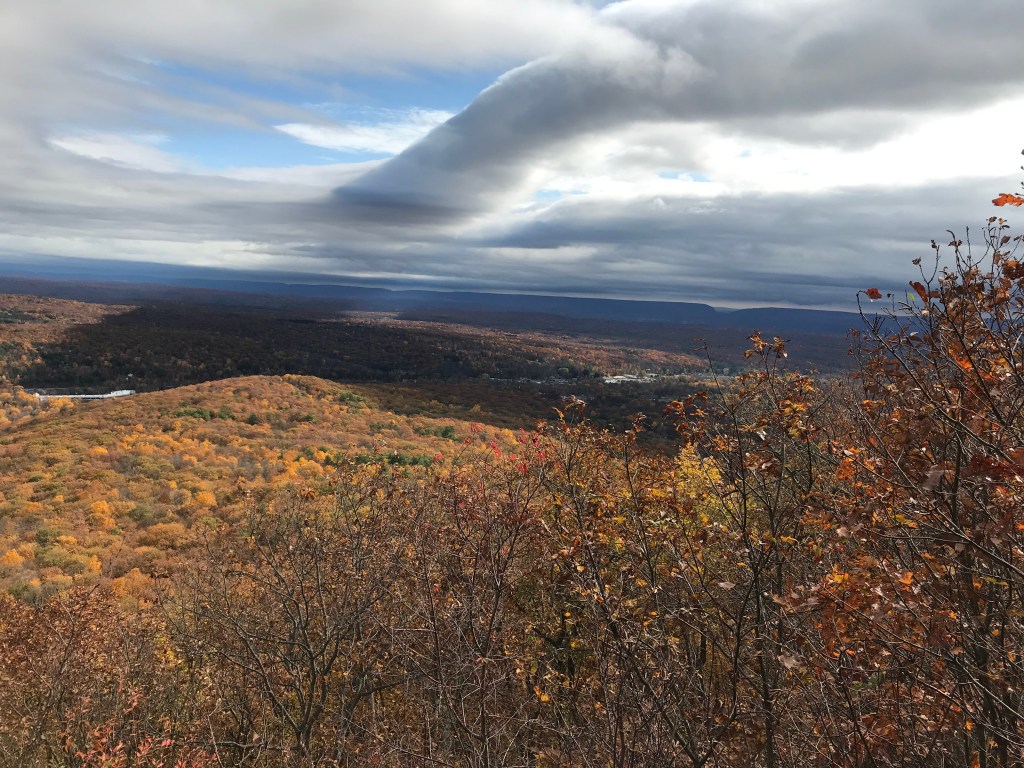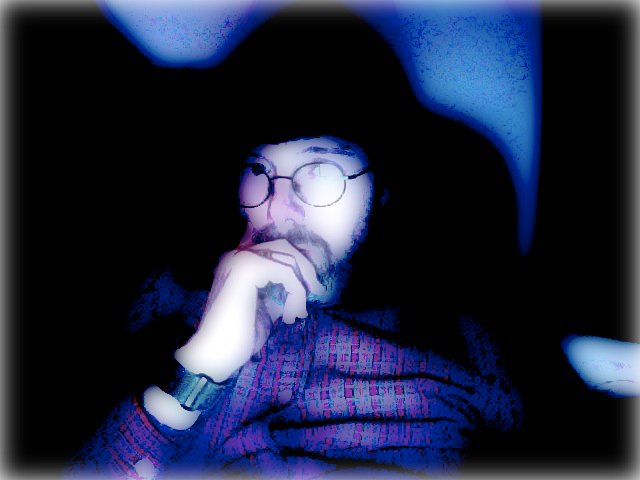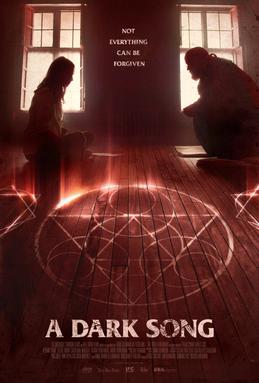Decisions we make when we’re young influence our entire lives. It’s not that you can’t change course—I’ve seen it happen and it can be a thing of true beauty—but the fact is our young lives become our old lives, if we survive. I’m now in my sixties. I reflect a lot about my youth and the fact that I grew up in an uneducated, blue-collar family. I had no idea what college was, and had not a minister convinced me that I might have the right stuff, I would probably never have gone. It was foolish in a way. My family contributed nothing financially—they couldn’t afford to. I started with optimistic scholarships that eventually became less sanguine and I had to borrow more and more. Once I’d begun on that path, however, turning back looked to be nothing but disastrous.
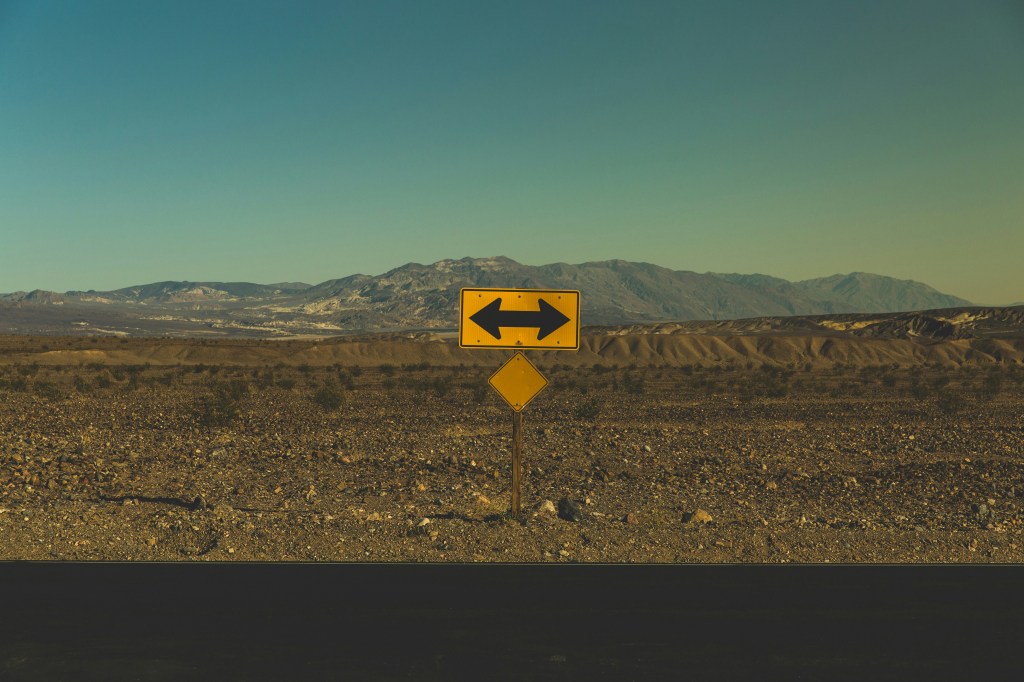
The internet allows us glimpses, only glimpses, into the lives of those we knew in our younger years. Many of my surviving high school friends (and that number decreases every year now) have followed paths to their current situations. I didn’t know them well, perhaps, but they too seemed set to follow in the courses of their lives. I really hope they’re happy. I hate to see anyone sad. Still, there’s a melancholy captured well by a rabbi, who it is I can’t remember, who once said “You can either be wise or be happy.” There’s an almost kabbalistic truth nestled in that sentiment, it seems. Your rudder is small and the ocean is very, very big. As a penurious boy living in an economically depressed refinery town, I never dreamed I’d have the privilege of living in Edinburgh for three years, with a wonderful wife, no less. And yet, and yet.
The course of my life is not over yet (I hope). Every day I make hundreds of decisions but none of them seem as momentous as the ones I made before I had seen much beyond rural western Pennsylvania. I know this is true of others as well, reacting to the pain and angst of the moment, they turn to whatever gives them comfort. For me it was books. And church. The course of a life. And in a way that will only make sense of those who knew me in high school (none, or very few of whom ever read this blog), when I do my daily exercises, they always include twenty-two push-ups. A number that, mystically, corresponds to the number of letters in the Hebrew alphabet. Way stations along a curriculum vita.


